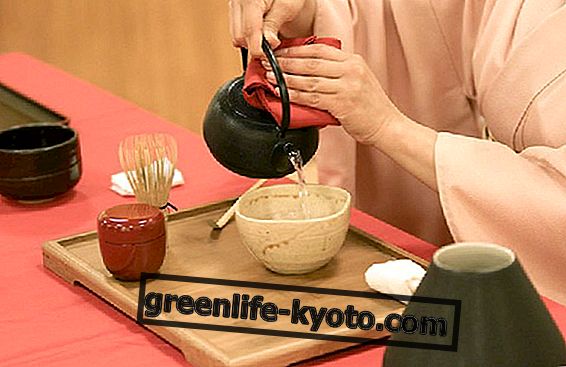
When you feel tired you can decide to go further, start worrying, rest. Beyond hypochondriac attacks that can lead us to think of fibromyalgia, neurological problems, multiple sclerosis or the like, it is always advisable to maintain a realistic and detached approach.
Muscle fatigue, the causes between body and mind
Muscle fatigue can be the consequence of mental wear, not just a consequence of physical labor carried to excess.
On a psychological level, muscles often reveal tiredness and tensions that can also derive from emotional experience.
In other cases it may be a vitamin deficiency, a hormonal alteration that causes metabolic changes.
The long-lasting sedentary lifestyle leads to muscle fatigue; in fact the muscles want to support us, keep up our wonderful skeletal scaffolding and if we don't allow them to perform their functions "they rebel".
Fatigue can also derive from an incorrect posture which in turn is indicative of a different kind of feeling: feeling threatened, in danger, making counterproductive thoughts, having inner conflicts that you don't want to face.
What is the correct posture in front of the computer?
Muscle fatigue: exercises to deal with it
Muscle fatigue must be faced with great patience, listening and graduality. Targeted work on breathing often melts tensions and large knots.
First of all it is necessary to choose - it is really a choice - to approach a less rigid way, more oriented to letting go. In this sense all the processes and exercises of therapies such as Bones for Life or Feldenkrais are very useful.
Go- ahead also for a targeted study of the individual muscle areas done in the movement, for example with a good Pilates or Gyrotonic teacher to help and advise, both free and with machines.
The Gyrotonic allows to do exercises at a multidirectional level through spherical movements in space and a rhythmic and undulating stress on the various muscle districts, with benefits also for joints, organs and viscera.
In general, when you have muscle fatigue it is good to undergo exercises based on intensity and speed variations that create delicate and vigorous aerobic cardio-vascular rhythms at the same time.
If we go to an eastern verse, exercises of unfailing efficacy are the Eight Pieces of Classical Qi Gong Brocade also called Baduanjin. This is a sequence of eight different movements that go to stimulate all the muscles of the human body and must be performed in harmony with breathing.
They include:
- expansion movements upwards ( Support the sky with both hands that manages the three cavities of the viscera, as well as Separating the Sky and the Earth ), extending to the left and right ( Stretching the bow to strike the Falcon).
- Descents to the ground that benefit the kidneys (Hold the feet with the hands), work on the quality of the intention (Pulling punches with angry eyes), they also work in a metaphorical sense on the top and the bottom (Bouncing on the heels, climbing on the tips ), up and down ( The wise owl looks backwards), allow you to shake the body and calm the fire of the heart (Sway the head and torso, and shake the tail).
The execution gives different feelings every time and should always be oriented towards a serene mental attitude.
Finally, even the meridian stretching exercises are very useful for going to work on muscle fatigue and the weakness of associated internal organs.
Discover also the diet and muscle foods
Image | Flickr













